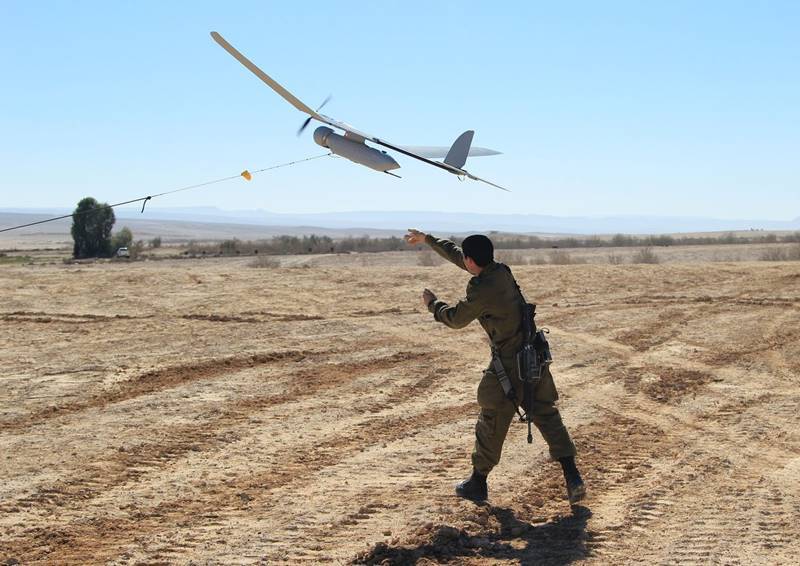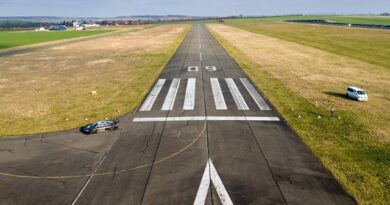Driving Innovation: Scientific Research and the Future of UAVs – Unmanned aerial vehicles
Unmanned aerial vehicles (UAVs), also known as drones, have become increasingly popular in recent years, with a wide range of applications in both commercial and military sectors. Scientific research is playing a vital role in the development of new and innovation of UAV technologies, with the aim of improving their performance, autonomy, and safety.
One of the key areas of research is in the development of new materials and construction methods for UAVs. This is essential for making them lighter, stronger, and more durable, while also reducing their noise levels. For example, researchers at the University of California, Berkeley have developed a new type of lightweight, self-healing material that could be used to build UAVs that are more resistant to damage.
Another important area of research is in the development of new sensors and payloads for UAVs. This would enable them to be used for a wider range of scientific applications, such as environmental monitoring, disaster relief, and search and rescue. For example, researchers at the Swiss Federal Institute of Technology in Lausanne have developed a new type of drone-mounted sensor that can be used to measure air quality and greenhouse gas emissions.
Research is also being conducted on new ways to control and navigate UAVs. This is essential for enabling them to operate autonomously in complex environments. For example, researchers at the Massachusetts Institute of Technology have developed a new type of control system that allows UAVs to swarm together and perform complex tasks, such as mapping disaster zones.
In addition to these technical challenges, researchers are also working to address the ethical and legal implications of using UAVs. For example, researchers at Stanford University are developing new guidelines for the responsible use of UAVs in civilian airspace.
The following are some specific examples of scientific research on UAVs and drones:
- Drones for wildlife monitoring: Drones are being used to monitor wildlife populations and their habitats in remote and inaccessible areas. For example, researchers at the University of Queensland are using drones to track the movements of koalas and identify areas of their habitat that are at risk from development.
- Drones for disaster relief: Drones are being used to assess damage after natural disasters and to deliver aid to affected areas. For example, researchers at the University of Maryland are developing drones that can be used to deliver medical supplies to people who have been trapped in floods or earthquakes.
- Drones for precision agriculture: Drones are being used to monitor crop health and to apply pesticides and fertilizers with greater precision. For example, researchers at the University of California, Davis are developing drones that can be used to identify and target individual weeds, reducing the need for herbicides.
- Drones for planetary exploration: Drones are being considered for use in future planetary exploration missions. For example, NASA is developing drones that could be used to explore the Martian surface and to search for signs of life.
The development of UAV and drone technologies is rapidly evolving, and scientific research is playing a vital role in driving this innovation. As UAVs become more sophisticated and capable, they are likely to play an increasingly important role in a wide range of scientific and commercial applications.

The terms UAV and Drone are often used interchangeably. So is there any difference between these two terms?
Drones and UAVs are often used interchangeably, but there is a subtle difference between the two.
Drones
While the majority of people associate the term “drones” with “an unmanned aircraft that can fly autonomously—that is, without a human in control.” In actuality, it may be applied to a large range of vehicles. For instance, autonomous vehicles based on land or at sea qualify as drones under the specified description.
UAV
Unmanned Aerial Vehicles are known as UAVs. They have the ability to fly autonomously or remotely using a tablet or controller. So, is a drone or a UAV? It is, in essence. The two phrases are frequently used synonymously.
Drones do not require autonomous flying skills, according to a number of industry executives, but UAVs must. Therefore, drones are not UAVs, but UAVs are drones. But for now, feel free to use whichever word makes you most comfortable!
References:
- https://www.mdpi.com/2079-8954/11/8/400
- https://www.mdpi.com/2504-446X/6/6/147
- https://www.microdrones.com/en/industry-experts/science-research/
- https://link.springer.com/article/10.1007/s13369-022-06738-0
- https://news.climate.columbia.edu/2017/06/16/how-drones-are-advancing-scientific-research/
- What is the Difference Between a Drone and a UAV?: https://www.droneacademy-asia.com/post/what-is-the-difference-between-a-drone-a-uav-and-a-uas – Dronethusiast
- What is the Difference Between Drones, UAVs, UAS, and RPAS?: https://dronedj.com/2021/12/07/drone-uav-uas-difference-explained/ – LinkedIn
- The Difference Between UAV, UAS, and Autonomous Drones: https://www.missiongo.io/unmanned-aerial-vehicles-uav-unmanned-aerial-systems-uas-and-autonomous-drones-whats-the-difference/ – Percepto
- RPAS, UAS and UAV: What are they and how do they differ?: https://dronedj.com/2021/12/07/drone-uav-uas-difference-explained/ – UMILES Group


